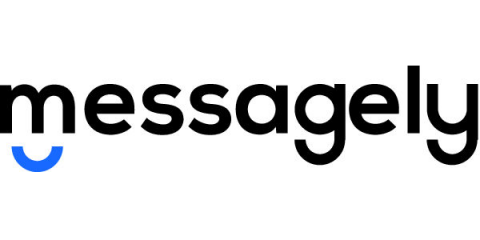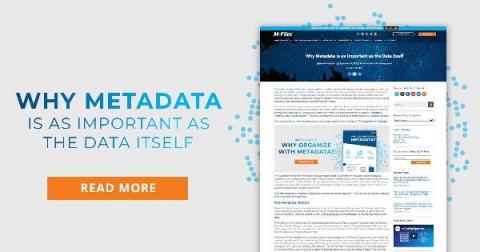Teams | Collaboration | Customer Service | Project Management
%term
Version Update: Reintroducing The Planner
Each of us has exactly the same amount of hours in a day, making time a resource in which we all are truly equal (not like money or talent, for example). Yet some teams are able to achieve notably more with the time we have – mostly thanks to careful and smart planning of our most valuable resource. With the updated Planner, planning and allocating your team’s time is easier than ever. See for yourself!
20+ Amazing Knowledge Base Examples You Can Learn From
This article is all about knowledge bases, what they are, and what you can learn from the best ones. By the end of the article, you will know what the best knowledge base examples are, what makes them great, and how to get started. Let’s dive in.
Rocket.Chat Mobile App 4.11: New Features & Improvements
Rocket.Chat Mobile App 4.11 will be launched next week with many exciting new features, improvements, bug fixes, and user experience development efforts. Here is an overview of what you can expect 🙂
Creating clarity through goal setting: Five experts on OKRs
In the past six months, the world—and work—has changed dramatically. Priorities have shifted, teams that once sat together everyday are distributed, and ways of operating are different. As an organization, how do you maintain alignment between people and teams in this new environment? How do you sustain clarity about what your goals are and how to achieve them? Objectives and key results (OKRs) are one way of creating clarity in an organization.
What omnichannel really means
High performing customer experience teams are more than twice as likely as underperforming teams to be taking an omnichannel approach, according to Zendesk’s Customer Experience Trends Report, 2020. Yet Zendesk findings also revealed that only 35 percent of Benchmark companies have an omnichannel strategy in place. This gap represents a sweet spot where businesses can rise above their competition and differentiate on the basis of customer experience.
Telecom Industry Customer Service Trends
Why Metadata is as Important as the Data Itself
The sheer volume of information being created on a daily basis by the average business is staggering. In fact, it’s been estimated that more data has been created in the last two years alone than in the entirety of human history leading up to that point.
The contact center and customer service
A contact center and a call center are essentially the same thing, right? Well, yes and no. Call centers only field phone calls, whereas a contact center offers a variety of other ways for customers to reach out for support: email, chat, self-service, messaging apps, and social media. Why is it important to understand the difference? While a call center might work for your business, chances are your customers will be better served via a contact center.
Everything you need to know about customer value
What comes to mind when you hear the phrase customer value? You might think about money—giving customers a good price for a quality product. And 20 years ago, you’d have been right. But today, customer value encompasses much more. Today’s buyers don’t just care about a product’s price or even its quality. They also prioritize brand experiences.











